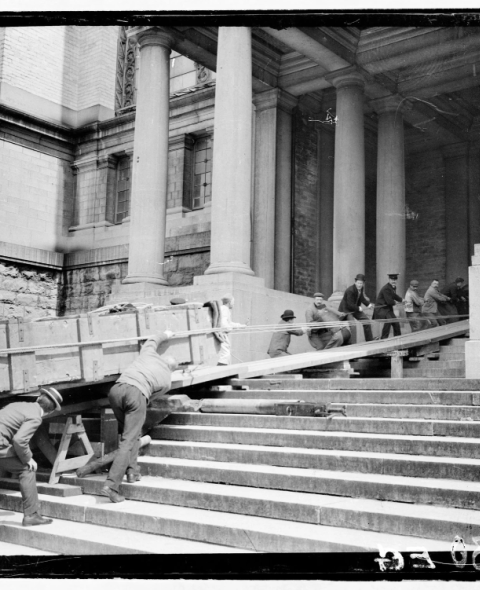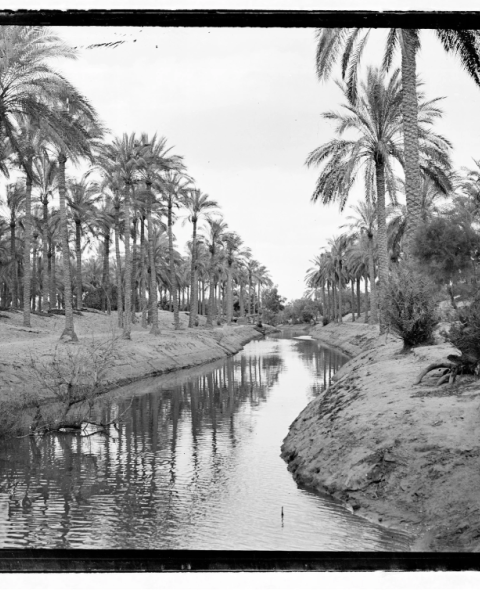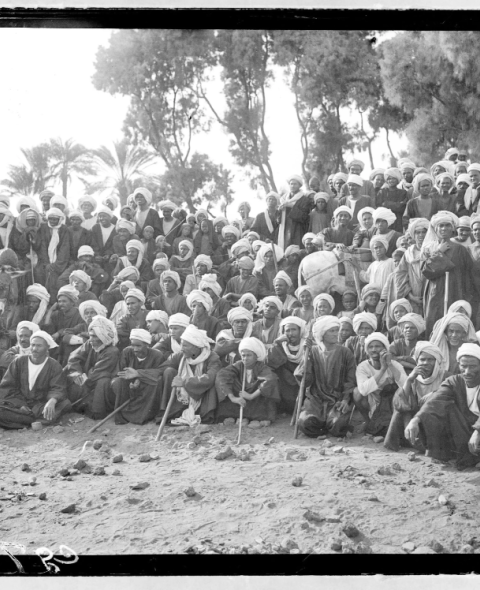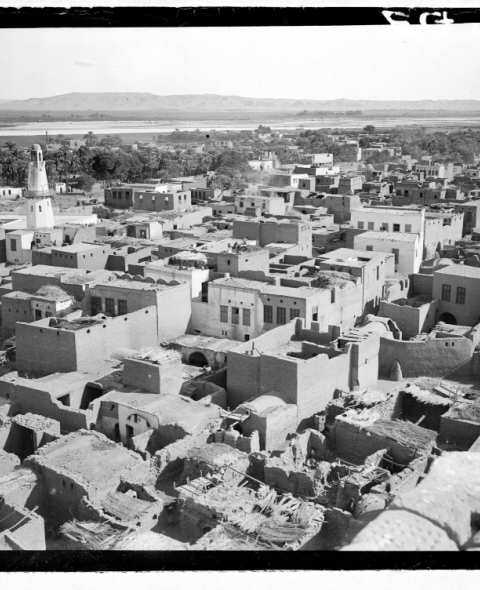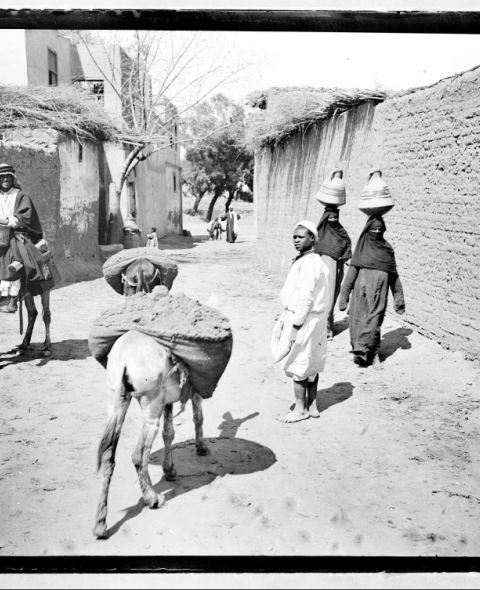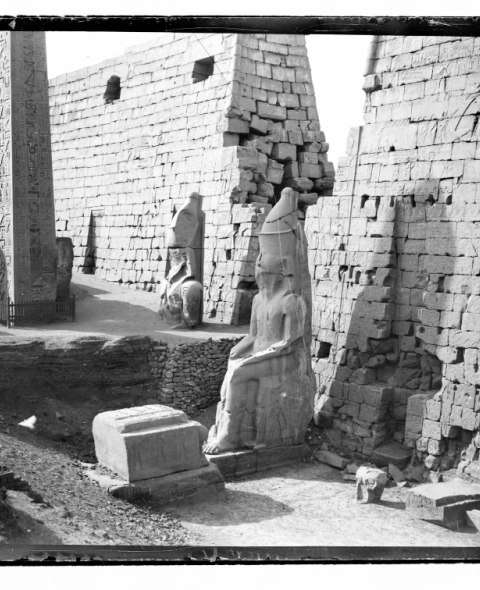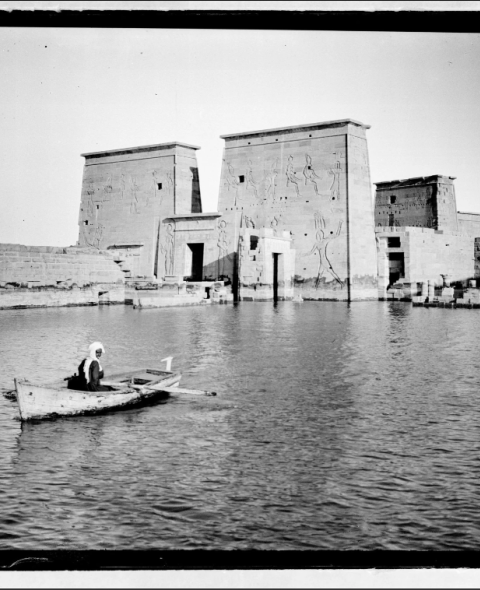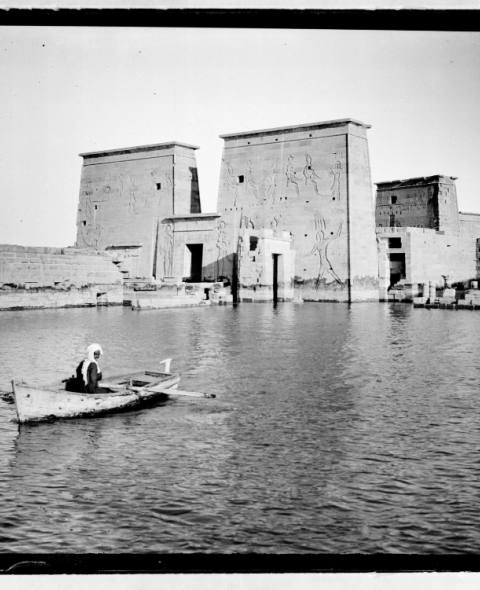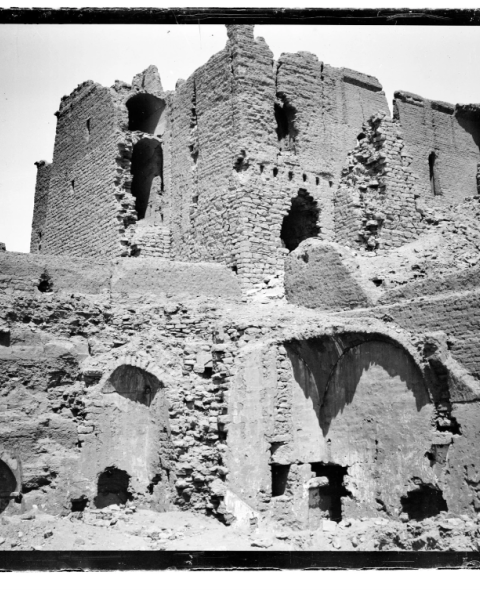Sura

Unlocking the photographic archives of the pioneering years of Egyptology at the Royal Museums of Art and History in Brussels
Project BRAIN-be 2.0
(Belgian Research Action through Interdisciplinary Networks).
BRAIN-be 2.0 allows, through the funding of research projects based on scientific excellence and European and international anchorage, to meet the needs for scientific knowledge of the Belgian federal departments and to support the scientific potential of the Federal Scientific Institutions (FSI). BRAIN-be 2.0 is open to the whole Belgian scientific community: universities, university colleges, public scientific institutions and non-profit research centres.
Duration
2020-2022
Summary of the project
First curator of the Egyptian department at the Royal Museums of Art and History (RMAH), Jean Capart (1877-1947) is often regarded as the founding father of Belgian Egyptology. Besides being the one who gave its impulse and rise to the development of the Egyptian collection at the RMAH, he was at the root of many other initiatives that contributed to turn, within a few years only, the RMAH into a prominent research centre in Egyptology.
Under Capart’s leadership, one of the world’s finest and most complete Egyptological libraries arose in Brussels at the RMAH during the first decades of the 20th century. Keeping up with pioneering practices that Capart had observed in leading-edge institutions around Europe and the USA, the museum’s library rapidly housed a very large collection of books and journals about Egyptology and Egyptian archaeology along with an important photographic archive which was constituted for research purposes and academic dissemination as well as education and public outreach. During his entire career, Capart constantly invested in the development of this collection by feeding it with photos he bought from colleagues and institutions abroad, and with photos he and his collaborators took during their scientific missions and trips throughout Egypt and in museums over the world.
The initial core on which this important photographic archive built up, and which counts more than 53.000 individual non-digital items today, consists of almost 7.000 high resolution historical glass plate photographic negatives dated to the first half of the 20th century. Although this large sub-collection constitutes, by its diversity and historical significance, an extremely rich source of documentation and information, it has been much neglected during the past decades, and its existence and contents remain completely undisclosed to the larger Egyptological community.
Following Capart’s initial ambition, the SURA project (sura being the Arabic word for 'photo' ) aims to make this highly valuable photographic collection available again to the international scientific community as well as to the public, by ensuring its conservation and by creating a fully digitised database that will be freely available online in the near future.
Partners
RMAH and KULeuven
Website of the project
www.sura-project.be
Publication
SURA | صورة – Egypt through a Belgian lens, Snoeck, 2023, 248 p.
In the early 20th century, Belgian Egyptologist Jean Capart and his collaborators undertook several voyages to Egypt. With a keen eye for photography, they documented the land on the Nile in all its facets. The Egyptological library of the Royal Museums of Art and History in Brussels houses this important collection of about 14,000 photographic glass negatives. The more than 200 photographs selected here illustrate these pioneering years of Belgian Egyptology. They simultaneously offer a kaleidoscopic view of Egypt of a bygone era, with dramatic landscapes, ancient monuments, archaeological expeditions and daily life in all its diversity.
(also available in Dutch and French) - €40 in the museumshop
Nocturne of the Brussels Museums on Thursday 18 May, 2023
BEHIND THE SCENES
Screening - SURA صورة Unlocking the Photographic Archives of the Pioneering Years of Egyptology
→ 18:00 (FR) / 19:00 (NL) / 20:00 (EN)
Limited places, come 15 min in advance
The photographs presented in this screening were selected from the 14,000 photographic glass negatives made by Belgian Egyptologist Jean Capart and his collaborators during their expeditions. With a keen sense of photography, they documented the country of the Nile in all its facets. You will discover, among other things, the official opening of Tutankhamun’s burial chamber in 1923, but also the spectacular landscapes, ancient monuments and daily life of Egypt in a bygone era.
